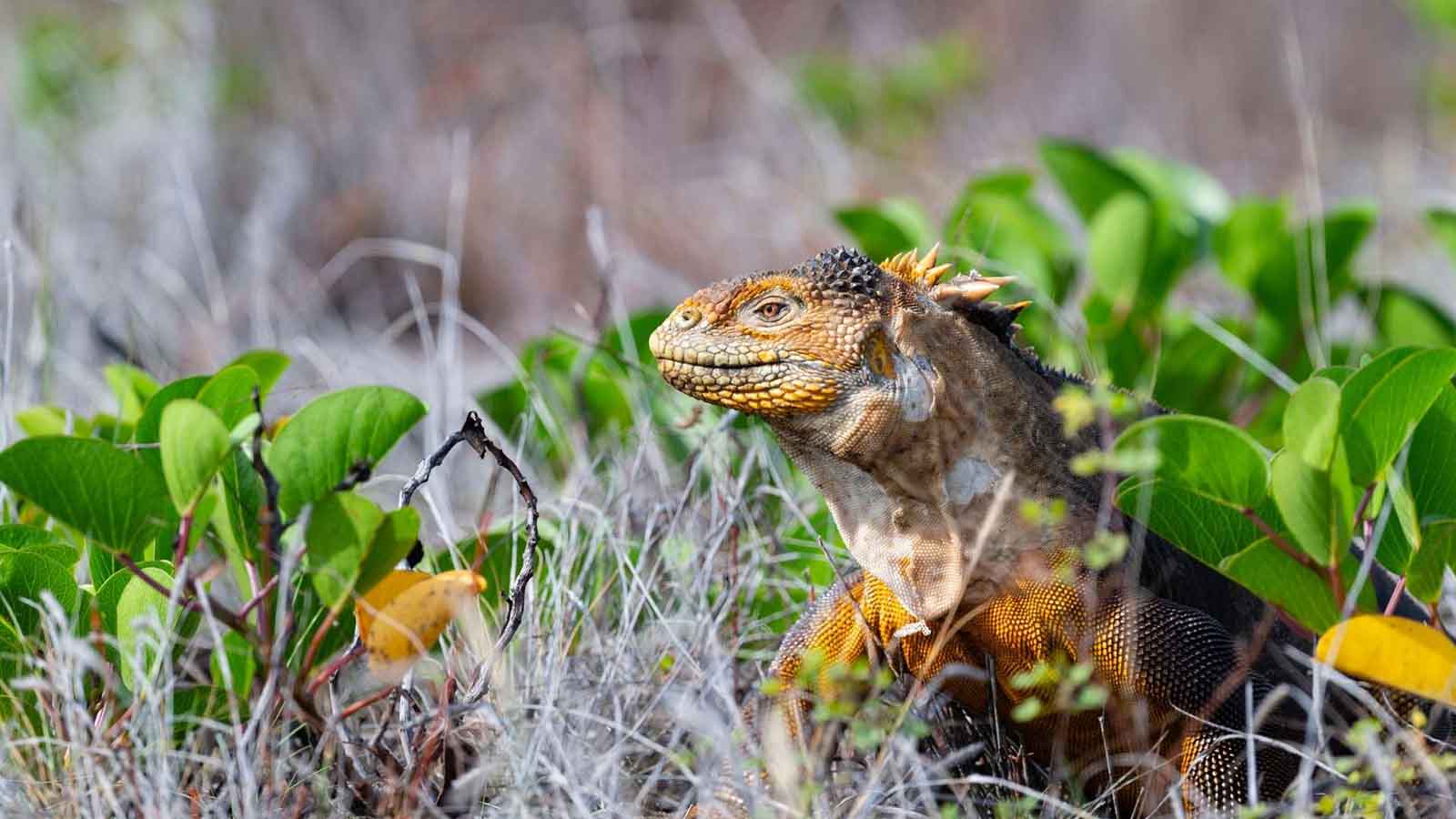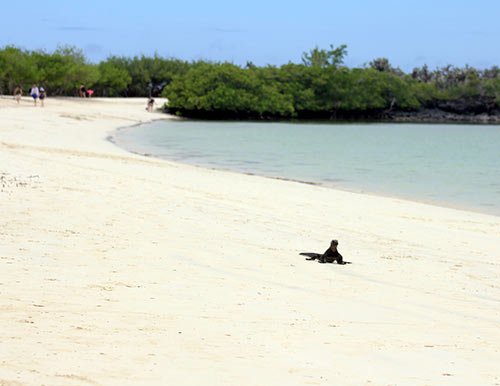Experience a 7-night adventure cruise in the southern and central islands of the Galapagos wildlife reserve. Enjoy a total of 14 excursions on diverse visitor sites, including wildlife-abundant Española, North Seymour, and Floreana islands. Get up close with the waved albatross at Punta Suarez, explore the cloudforest at the twin craters in the Santa Cruz highlands, and discover the pahoehoe lava fields on Santiago. All of this will be possible on the Darwin yacht, which is run by an efficient and eco-friendly operation that supports the Villacis family's livelihood.
Day by day
Map

Preview

Preview

Preview
Cruise Includes
Accommodation in double/twin bunk-bed cabins with private facilities
All meals during cruise, drinking water, coffee & tea
All excursions accompanied by bilingual licensed guide as per itinerary
Cruise Fuel Surcharge
Transfers within the islands on cruise dates as per itinerary
Personalized 24/7 assistance during tour.
Cruise does not include
Galapagos National Park Entrance Fee US$200 per person (in cash only on Islands)
Galapagos Migration Card US$20 in cash per person (at Mainland’s Airport)
Alcoholic / soft drinks, personal expenses, extras, tips and other services not specified in the program
Bus ride from Baltra airport to Itabaca Channel: $5 per way per person in cash
Snorkeling equipment and all sizes wet-suits for rent on board (in cash)
Travel, medical & cancelation Insurance and any services on Mainland
Flights to Galapagos from Quito / Guayaquil
International flights to/from Ecuador.
Adventure cruise in the South and Central Galapagos Islands 8 days
From USD 2199,00